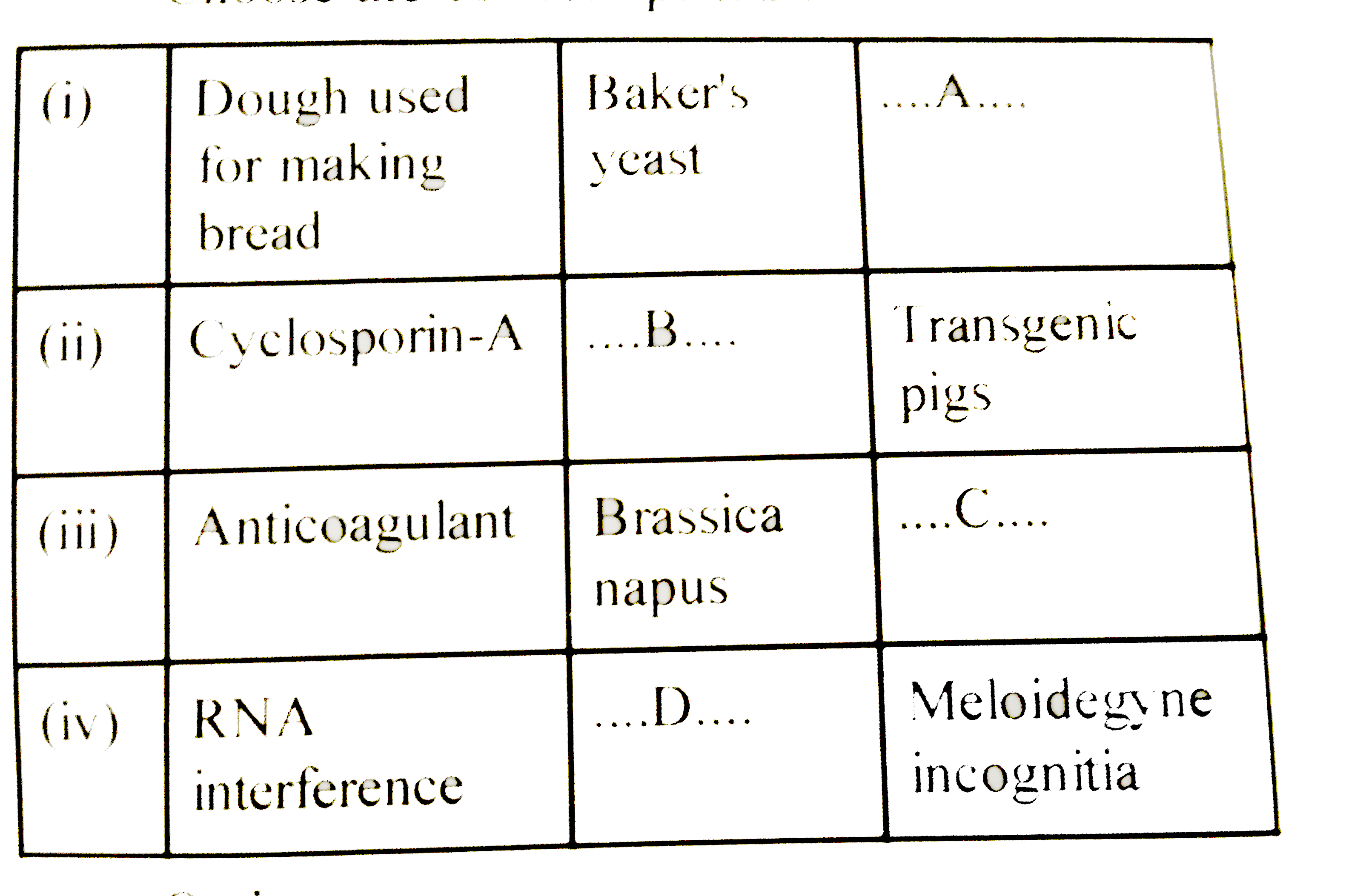Choose the correct option :
BF3 is used as a catalyst in several industrial processes due to its :
Strong reducing nature
Weak reducing nature
Strong Lewis acid nature
Weak Lewis acid character
To solve the question regarding the use of BF₃ as a catalyst in industrial processes, we can follow these steps:
Step 1: Understand the nature of BF₃
BF₃, or boron trifluoride, is a boron halide that is covalent in nature. It has a small size due to the presence of boron, which allows it to exist as a monomeric molecule with a planar trigonal geometry.
Hint: Consider the molecular structure and bonding of BF₃ to understand its properties.
Step 2: Analyze the electronic configuration of boron
Boron has three valence electrons and in BF₃, it shares these electrons with three fluorine atoms. However, boron has only six electrons in its valence shell, which means it does not have a complete octet.
Hint: Recall the octet rule and how it applies to elements like boron that can be electron-deficient.
Step 3: Identify the Lewis acid behavior of BF₃
Due to the electron deficiency (having only six electrons), BF₃ has a strong tendency to accept two more electrons to complete its octet. This characteristic makes BF₃ a strong Lewis acid, as it can readily accept electron pairs from electron donors.
Hint: Remember that Lewis acids are defined as substances that can accept an electron pair.
Step 4: Evaluate the options provided
Given the options:
- A) Reducing nature
- B) Weak reducing nature
- C) Strong Lewis acid nature
- D) Weak Lewis acid character
From our analysis, BF₃ is not a reducing agent; instead, it acts as a strong Lewis acid due to its ability to accept electrons.
Hint: Compare the definitions of reducing agents and Lewis acids to clarify the correct option.
Conclusion
The correct answer is C) Strong Lewis acid nature. BF₃ is widely used as a catalyst in various industrial processes because of its strong Lewis acid properties, allowing it to facilitate reactions by accepting electron pairs.
---
BF₃, or boron trifluoride, is a boron halide that is covalent in nature. It has a small size due to the presence of boron, which allows it to exist as a monomeric molecule with a planar trigonal geometry.
Boron has three valence electrons and in BF₃, it shares these electrons with three fluorine atoms. However, boron has only six electrons in its valence shell, which means it does not have a complete octet.
Due to the electron deficiency (having only six electrons), BF₃ has a strong tendency to accept two more electrons to complete its octet. This characteristic makes BF₃ a strong Lewis acid, as it can readily accept electron pairs from electron donors.
Given the options:
- A) Reducing nature
- B) Weak reducing nature
- C) Strong Lewis acid nature
- D) Weak Lewis acid character
The correct answer is C) Strong Lewis acid nature. BF₃ is widely used as a catalyst in various industrial processes because of its strong Lewis acid properties, allowing it to facilitate reactions by accepting electron pairs.
Topper's Solved these Questions
- P-BLOCK GROUP 13 - BORON FAMILYBOOK - CENGAGE CHEMISTRY ENGLISHCHAPTER - P-BLOCK GROUP 13 - BORON FAMILYEXERCISE - Exercise (Linked Comprehension)
37 Videos
- P-BLOCK GROUP 13 - BORON FAMILYBOOK - CENGAGE CHEMISTRY ENGLISHCHAPTER - P-BLOCK GROUP 13 - BORON FAMILYEXERCISE - Exercise (Multiple Correct)
23 Videos
- P-BLOCK GROUP 13 - BORON FAMILYBOOK - CENGAGE CHEMISTRY ENGLISHCHAPTER - P-BLOCK GROUP 13 - BORON FAMILYEXERCISE - Ex 6.1 (Subjective)
17 Videos
- ORGANIC REACTION MECHANISMBOOK - CENGAGE CHEMISTRY ENGLISHCHAPTER - ORGANIC REACTION MECHANISMEXERCISE - Analytical and Descriptive
6 Videos
- P-BLOCK GROUP 14 - CARBON FAMILYBOOK - CENGAGE CHEMISTRY ENGLISHCHAPTER - P-BLOCK GROUP 14 - CARBON FAMILYEXERCISE - Exercises Archives (Subjective)
9 Videos
Similar Questions
Knowledge Check
BF3 is used as a catalyst in various organic reactions because
Ait is a strong reducing agentBit is a highly reactive compoundCit is a weak Lewis acidDit is a strong Lewis acid.

